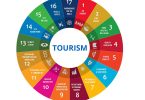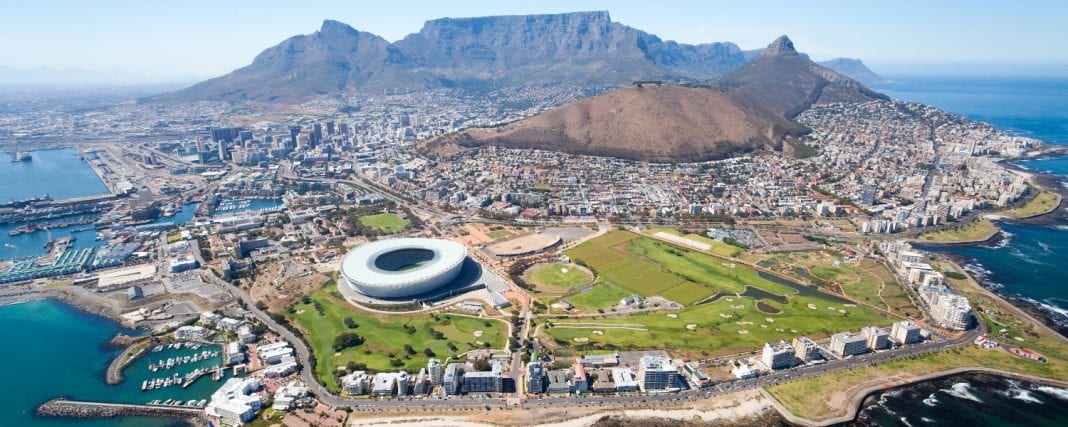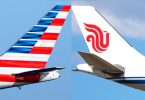HANOI, Vietnam (eTN) – The ASEAN Travel Forum (ATF), the annual event for all Southeast Asian nations, was hosted for the first time in Vietnam in the midst of the most serious crisis faced by the region since SARS in 2003. Tourism in the region will brace with a wordwide economic downturn- even a recession in countries or regions such as the USA, Japan, Korea and Europe. ASEAN ministers of tourism acknowledge that 2009 will then be a tough year for tourism despite the fact that the region might be more resilient than others to financial turmoil.
“Recession is now what we mostly hear. And this ATF reflected very well the current mood of uncertainties,” said Simon Burgess, global director of sales at Dusit international hotels.
ASEAN general secretary Surin Pitsuwan announced that 93 million international travelers visited last year ASEAN countries + Japan, China, Korea –ASEAN partners-, an increase of 7.5 percent over 2007. “This year, we definitely expect however a significant decline from long-haul markets. However we should partially balances overseas losses by a strengthening of our regional markets,” he declared.
ASEAN intra-regional travel represents already 45 percent to 50 percent of all arrivals. Cambodia, Thailand and the Philippines are fewer dependants on ASEAN arrivals with only 20 percent of all arrivals from the region compared to Singapore with over 70 percent of all its arrivals coming from its neighbors. Focus will be switched then to intra-regional tourism as well as some niche markets such as youth tourism. “Most NTO’s are now working closely with the private sector as well as airlines to develop value packages,” added Pitsuwan.
Promotional efforts will continue, however, on China, India, Korea, Japan and the Middle East. “All those countries are within four to five hours reach from ASEAN. With India and China, we are dealing with sizeable middle class population of 300 and 400 million of people respectively. And they still want to travel,” said the ASEAN general secretary.
The answer to the crisis varies very much from one country to another. “Despite recent political turmoil in Thailand, we are surprised by the pace of recovery from our European markets and we will continue to have an active promotion role there,” highlights Juttaporn Rerngronasa, vice governor of marketing communication for the Tourism Authority of Thailand (TAT). TAT will get an additional budget of US$34 million for its promotion and will introduce special measures such as free visa for Chinese travelers until the end of April. Singapore is also keen to continue its promotion on overseas markets.
The Philippines will also continue to support overseas markets. According to Tourism Undersecretary Oscar Palabyab, Europe demonstrates its robustness with Germany and France being stable or slightly growing. “We even record strong growth from the UK and Scandinavia to less known destinations,” he said. The Philippine Department of Tourism is coming now with a new Internet tagline highlighting the country’s human dimension, www.liveyourdreams.ph. It emphasizes people experience online, hoping to appeal to all types of travelers.
Singapore is also hopeful to stabilize its share of European travelers to 8 percent of total arrivals. “Long haul markets are an important component of our MICE and business travel segments,” said Aw Kah Peng, new Singapore Tourist Board chief executive.
Laos and Vietnam will however strictly follow ASEAN recommendations with all marketing efforts being concentrated on regional markets. And surprisingly, it is Malaysia which could have the most radical attitude towards promotional efforts overseas. According to Malaysian Tourism Minister Azalina Dato Othman Sahid, Malaysia could rationalize its network of representative offices overseas. “I asked all my offices to report me their performances during the next six months to see. We ill then evaluate if their results are worth the investment. But we could close up to two offices there,” she explained.
A positive move will be also the rebranding of ASEAN. It took almost a decade since its launch in 2001 to recognize that promoting “Visit Year ASEAN” is highly ineffective in overseas markets. “ Few travelers have a clue on the meaning of ASEAN, which remains a political notion,” says Oscar Palabyab, responsible of the marketing task force within the ASEAN tourism working group. A “Visit Southeast Asia” campaign should be then launched globally with a reshaped air and hotel pass in the next few months.






















